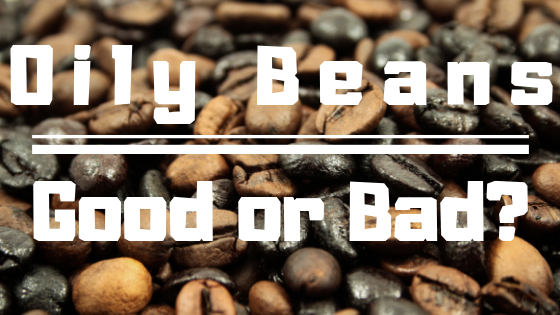
Hot coffee is absolutely delicious and many can’t wrap their taste-buds around the concept of cold brewed coffee. Do not confuse cold brew with iced coffee. Iced coffee is a hot brewed coffee poured over ice. The slow and deep extraction of cold brewed coffee offers a completely different flavor profile and syrupy texture. Velvety smooth, rich flavor and little to no acidity makes cold brew an absolute delight during the summer months, or if you’re like me, all year round!
While the process is simple it takes planning to enjoy a great cup of cold brew, but trust me, it is worth the wait.
Cold brew requires 2x the amount of coffee grinds as a hot brewed cup, but it creates a concentrate. Add water to dilute the concentrate to your preferred strength. For a rich treat add cream directly to the concentrate. My friends affectionately refer to this concoction as “melted ice cream”.
How to Make Cold Brewed Coffee
What you’ll need:
-12 oz. freshly roasted, high-quality coffee
-96 oz. (about 12 cups) water
-Glass Container (large enough to hold coffee while it brews)
Brew Instructions:
– Grind beans to a medium-fine coarseness and place coffee grinds into the glass container
-Add half of the water (6 cups) on top of the grinds and stir to saturate all grinds with water
-Allow any foam, created by the CO2 gas released from the beans, to settle
-Add the remaining water (6 cups) to the glass container
-Cover the container with a cheesecloth or loose lid so that gas may escape, but dust and/or bugs are kept out
-Let this mixture brew for a minimum of 8 hours, but preferably 24 – 72 hours. This stage is to taste. Taste your brew every 8 hours to determine your preferred strength. *Remember it is a concentrate. It should be strong enough to handle dilution!*
-Strain your grinds with a layered cheesecloth, fine metal mesh colander, or paper filter.
-Pour over ice and enjoy with cream, sugar, spices, or (my personal favorite) black!
-Refrigerate any concentrate and keep for up to 2 weeks (the flavor starts to degrade after 1 week)
**Bonus Tips**
Due to the high standards of our craft roasting process, Good Coffee Roasting Company coffee beans will guarantee maximum flavor extraction.
Our Cold Brew Tasting Notes:
–Colombian Tolima: dark chocolate, molasses, toasted hazelnut
–Ethiopian Yirgacheffe: tropical citrus, blueberry, white grape
Get your freshly roasted high-quality, fair trade and organic beans by clicking here.
For more information on cold brew techniques or general GCRC questions please use our contact form.


